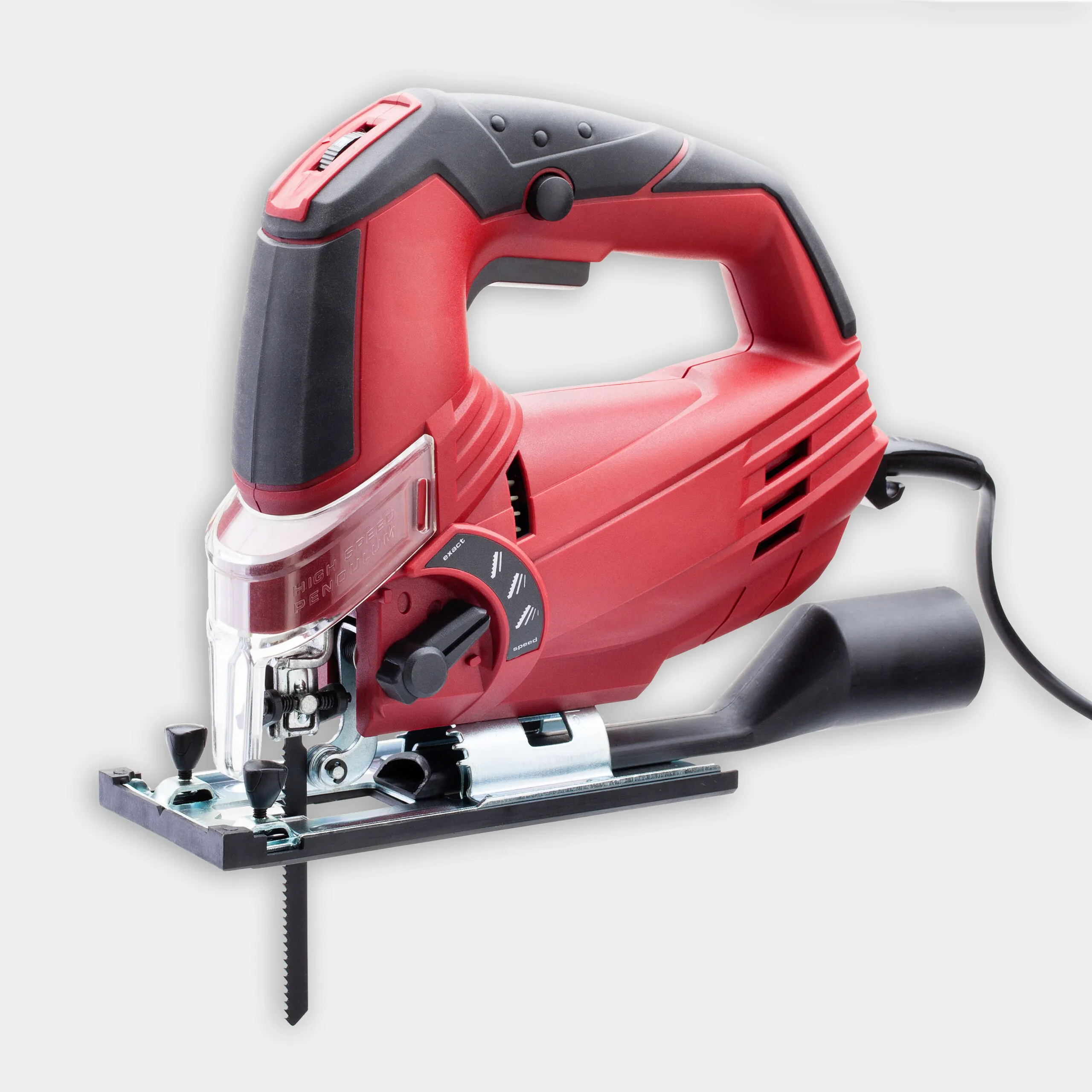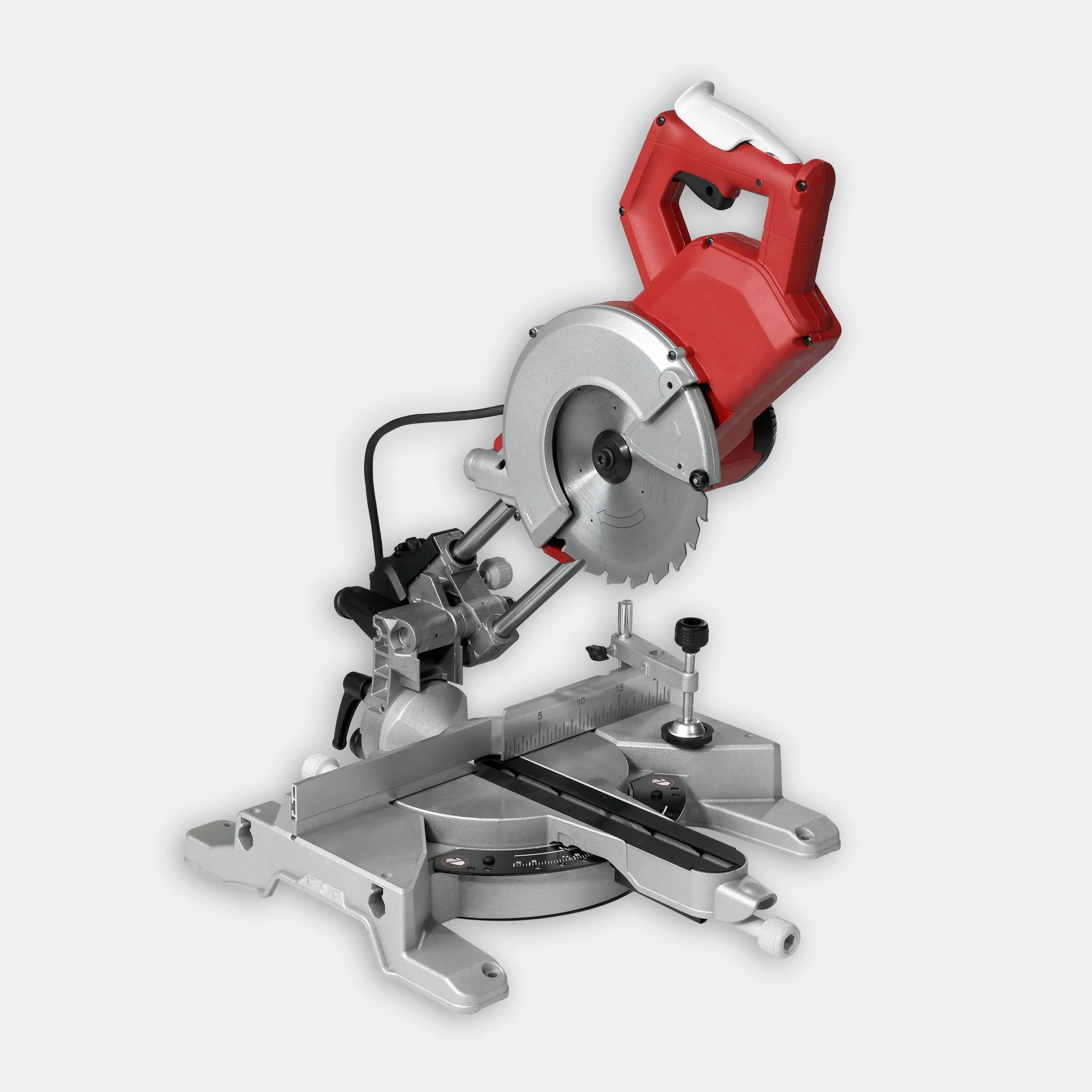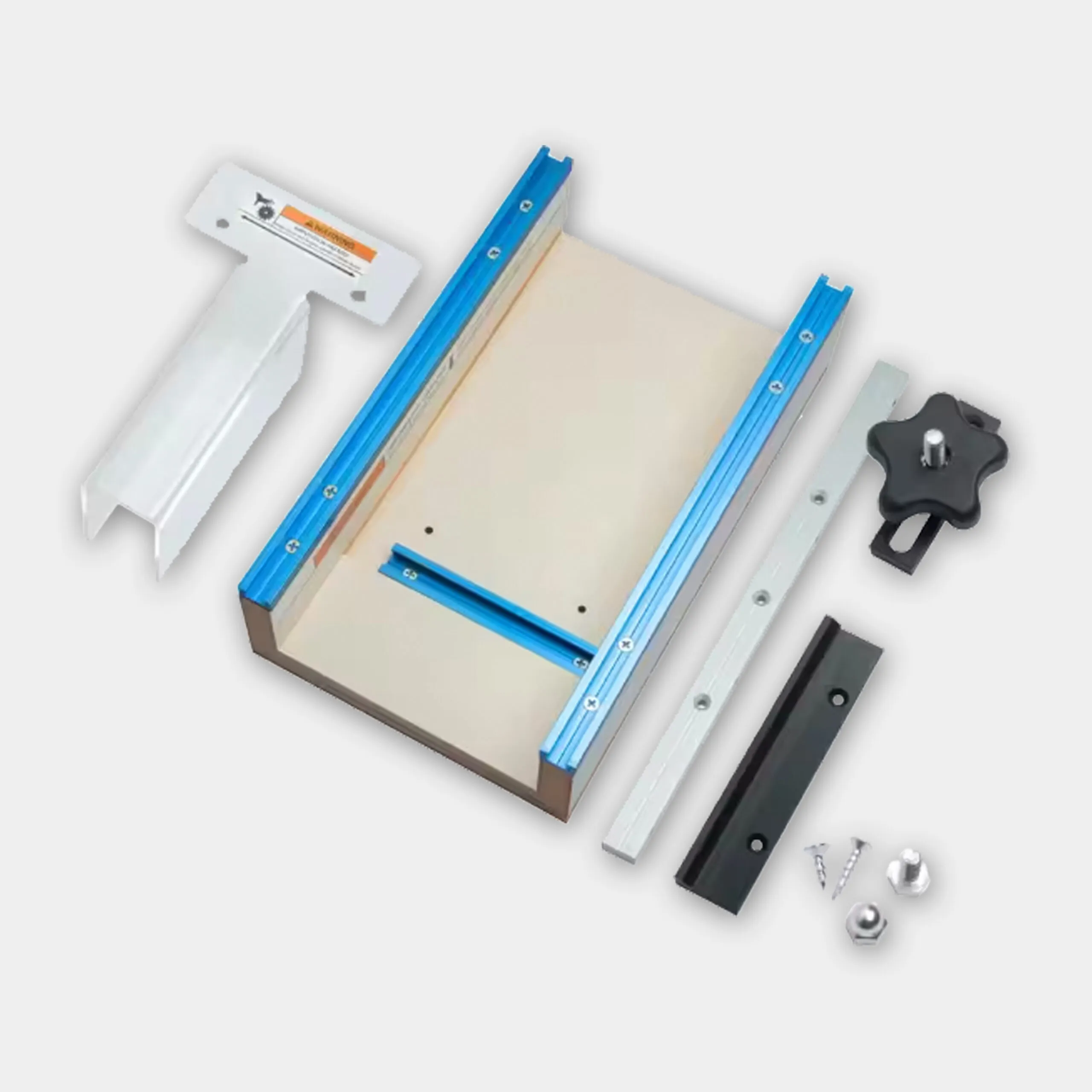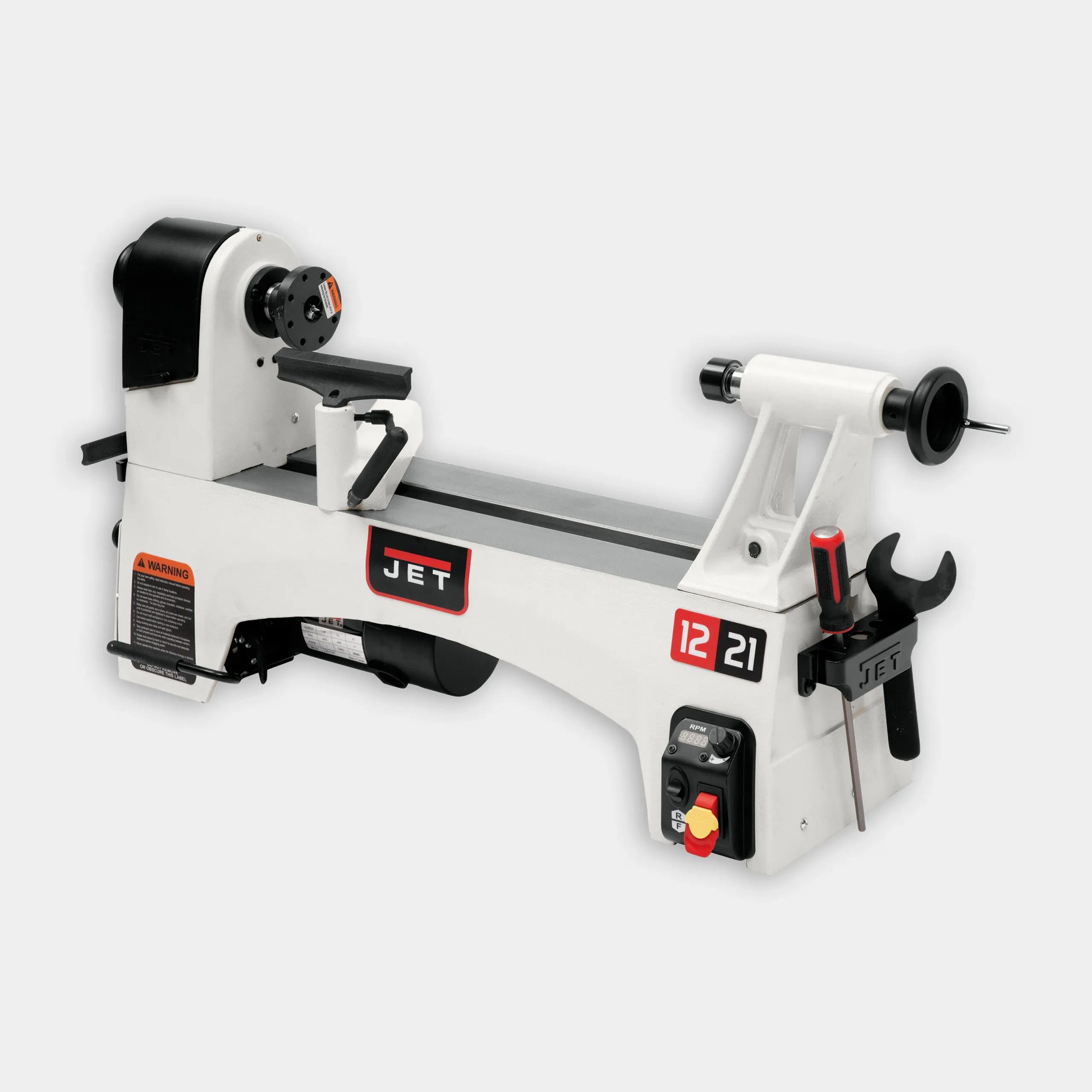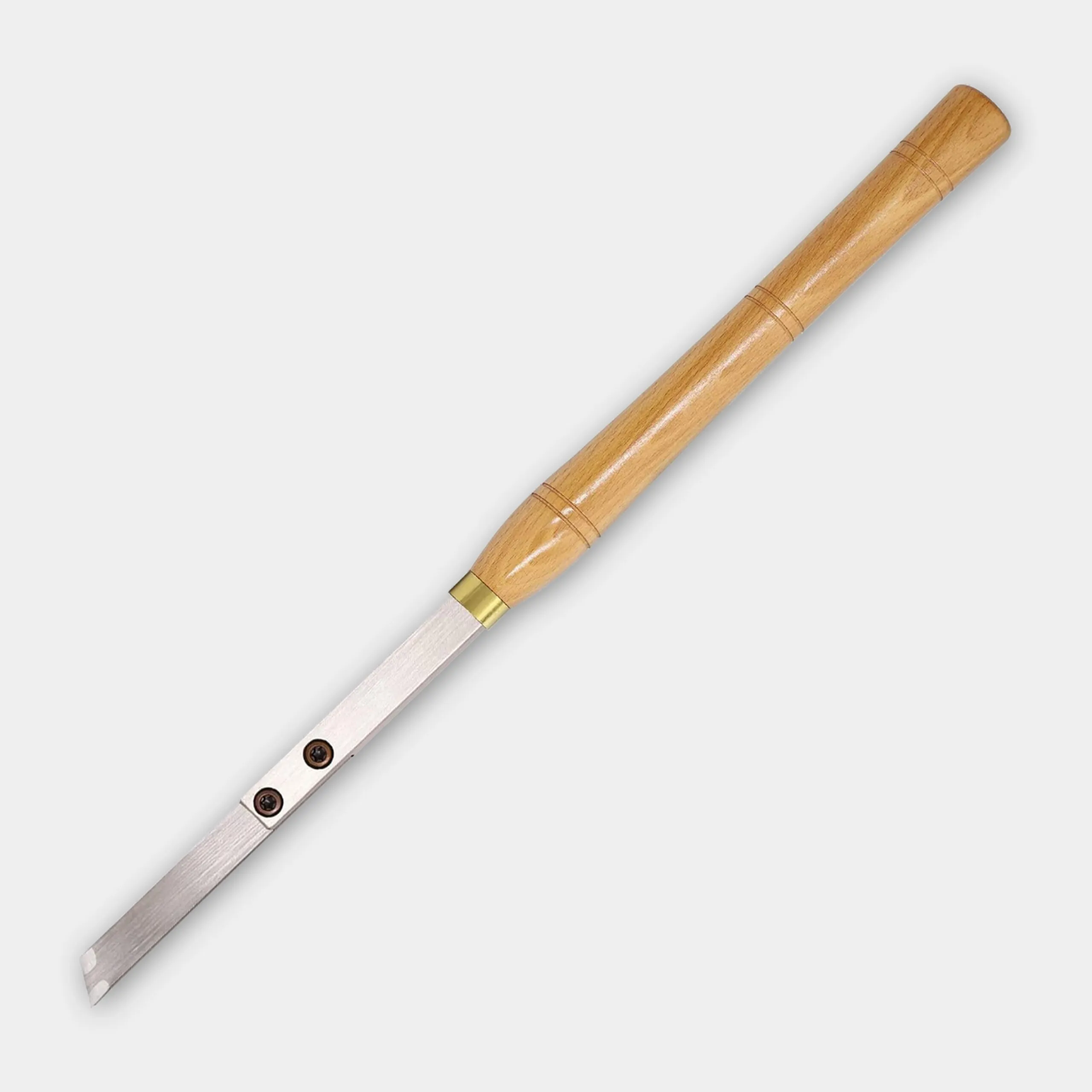We may be compensated if you purchase through links on our website. Our team is committed to delivering honest, objective, and independent reviews on home products and services.
Turning a segmented bowl is a rewarding woodworking project that combines precision, patience, and artistry. This technique involves creating a bowl from multiple pieces of wood, often in contrasting colors or grains, to produce a striking finished product. In the video, Ask This Old House general contractor Tom Silva and host Kevin O’Connor demonstrate the process of turning a segmented bowl on a lathe, walking through each step from stock preparation to the final turning. We’ve also outlined the steps below.
Tools and Materials Needed To Create a Segmented Bowl
To create your segmented bowl, you’ll need the following:
- Abrasive pad
- Adjustable cross-cut sled
- Cloth
- Featherboard
- Food-safe finish
- Heavy-duty wood screws
- Jigsaw
- Lathe
- Miter saw
- Plastic sheeting
- Sanding wax
- Sandpaper
- Strap clamps or zip ties
- Table saw
- Turning chisels
- Wood glue
- Wood stock
Choose contrasting woods for visual interest. In the demonstration, Tom Silva selects Osage orange and walnut as their complementary colors. Osage orange, a hardwood native to Texas, offers a vibrant yellow-orange hue, while walnut provides a rich, dark contrast.
How To Turn a Segmented Bowl
Creating a segmented bowl takes time, as you need to cut several pieces to precise measurements and allow glue to dry. These steps will help you stay efficient, and we highly recommend reading them all and watching the video before starting to make it easier to plan ahead.
1. Cut Strips
First, you’ll need to break your wood down into thinner strips:
- Cut the base material about 6 inches wide.
- The small walnut splines for the base should be 1/4-inch thick.
- For the rest of the bowl, cut the strips about 1 1/2 inches wide.
2. Cut the Side Pieces
In this step, you’ll want to cut the side pieces with angled edges so that, when butted together, they form a circle.
Cut the pieces for the sides using the miter saw. The angle and size will depend on your bowl, but in the video, Tom Silva starts with 16 triangles that are 2 1/4 inches long at an 11 1/4-inch angle. He uses a sled to promote accurate cuts and speed up the process.
Using your original measurements, create additional smaller triangles to bring the diameter in and taper the bowl’s side.
3. Create the Base
Cut triangular pieces for the base using the miter saw. They should be large enough to form the base for your desired bowl when glued together. You can also cut the walnut splits to fit between the triangles to enhance the appearance of the bowl.
4. Glue the Base
After dry-fitting the base:
- Place plastic sheeting down to protect your work surface from glue.
- Evenly apply glue to both sides of the walnut splines and the shorter sides of each triangle.
- Assemble the base pieces and secure them with a strap clamp or tightly cinched zip ties.
- Allow the glue to dry completely before proceeding, usually overnight.
- When the glue is dry, sand the base with rough-grit sandpaper.
5. Create the Segmented Rings
On your plastic sheeting:
- Glue the segmented triangle pieces together to form circles, starting with the bottom ring.
- Use zip ties to hold them together to create strong joints.
- Allow the glue to dry completely, usually overnight.
- Once the glue is dry, sand the rings with rough-grit sandpaper.
- Glue the bottom ring, or the smallest ring, to the base, allowing the glue to dry.
- Repeat steps one through four to create the larger rings, but don’t attach them to the base yet. Leaving them off for now makes it easier to carve the inside of the bowl.
6. Clamp the Base Into the Lathe
To start shaping your bowl:
- Create a recess in the base of the bowl assembly to mount it securely on the lathe.
- Make sure that the base is secured to the lathe and spinning evenly.
- Use the turning chisels to smooth the outside and inside of the base, creating a radius at the sharp corners.
7. Attach and Shape the Additional Rings
Follow these steps to attach and shape the additional rings:
- Glue the other rings to the bottom ring and base, allowing them to dry.
- Clamp the bowl into the lathe.
- Working slowly, use the turning chisels to carefully shape the inside and outside of the bowl.
8. Sand and Finish Your Segmented Bowl
To complete your segmented bowl, follow these final steps:
- With the bowl still spinning on the lathe, begin sanding with 100-grit sandpaper on both the inside and outside surfaces.
- Gradually progress to finer grits, ending with 240-grit for a smooth finish.
- Apply a sanding paste with an abrasive pad to further refine the surface, add depth, and bring out the grain.
- Apply a food-safe finish of oil and beeswax with a clean cloth, buffing to a soft sheen.
Tips for Success When Building a Segmented Bowl
Creating a segmented bowl requires attention to detail and some specialized techniques. Here are some tips to help promote your project’s success:
- Always double-check your measurements.
- Employ a featherboard to keep boards in place while cutting for extra precision and safety.
- Keep your tools sharp and well-maintained.
- Sand between each stage of assembly to maintain flat, even surfaces.
- Take your time when gluing.
- Use a trak-and-stop kit on your saw for consistent, accurate cuts.
- Use sharp turning tools to minimize tear-out and achieve clean cuts.
Our Conclusion
Turning a segmented bowl is a challenging and rewarding woodworking project. It requires patience and attention to detail at every step, but your finished project is well worth the effort. If you’re looking for another project after you’ve completed your segmented bowl, we recommend making wooden Christmas ornaments or a baseball bat display case.
